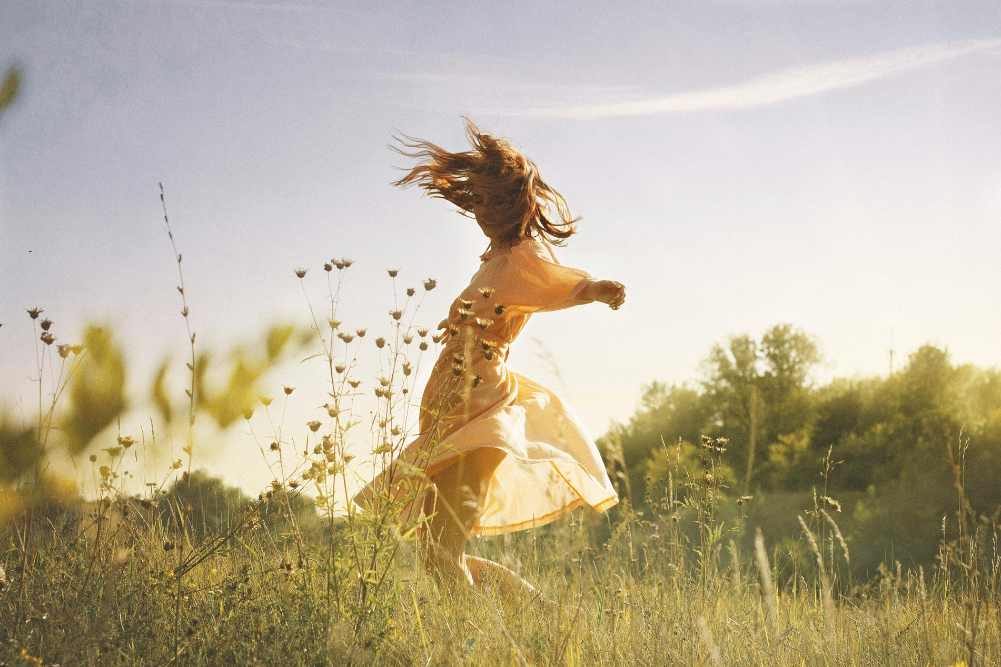Discover chromium, the sugar metabolism mineral
In this in-depth article you’ll discover chromium, the powerful sugar metabolism mineral. Chromium is a chemical element — the 22nd most abundant element in Earth’s crust. The colour of rubies and emeralds comes from a trace of chromium. Chromium is used extensively in various industries (stainless-steel manufacture, the tanning industry, among others) and it’s also a nutrient important for human health, present in the human diet and in human tissues.
It’s a transition element and even as a supplement is found in various forms. Trivalent chromium Cr (III) is the most stable form in biological systems and the most abundant in the food supply. It has magnetic properties and has affinities with iron, manganese and zinc.
Chromium is involved in the action of insulin. It has been shown to reduce insulin resistance.
History
In ancient times the bronze tips of the crossbows and swords of the Terracotta warriors in China (from 3rd century BCE) were tipped with a protective layer of chromium oxide, preventing oxidation. Then in 1761, a red crystalline form of chromium was discovered and used as a pigment.
As human nutrients, it took until 1957 for it to be discovered, when an unknown factor was extracted from brewer’s yeast and shown to improve glucose management in rats. It was called glucose tolerance factor and is bound to nicotinic acid, glycine, cysteine and glutamic acid. Even today, no one has been able to confirm the exact structure, but it potentiates insulin action and restores normal glucose tolerance.
Where is it found?
Chromium is widely distributed in foods in small quantities, but refining foods (eg grains or sugar) significantly depletes them of chromium. Stainless steel contains 11–30 per cent chromium, which can be leached from containers when acidic foods are stored or cooked in them (eg fruit and juices).
Forms of supplementation
In supplements, chromium comes as chromium picolinate — chromium (III) tris(picolinate), picolinic acid being an endogenous metabolite of tryptophan metabolism), chromium polynicotinate and chromium chloride.
Therapeutic uses
Blood sugar regulation
Chromium is involved in the action of insulin for the utilisation of sugars, proteins and fats. There are many research papers on the effect of chromium on insulin management (some with conflicting results), but it has been shown to reduce insulin resistance.
In recent research, plasma chromium concentrations have been shown to be inversely associated with type 2 diabetes and pre-diabetes mellitus, indicating supplementation may be useful in these conditions. Along with type 2 diabetes, supplementation with chromium picolinate has been shown to reduce insulin resistance, increase insulin sensitivity and reduce the risk of associated cardiovascular disease such as the atherosclerosis associated with diabetes. It may also reduce cholesterol and blood pressure levels.
PCOS
Women suffering from the symptoms of polycystic ovary syndrome (the most common endocrine disorder) will know that a large factor in this condition is blood sugar abnormalities and insulin resistance. When chromium was supplemented, it was shown to decrease BMI scores, fasting insulin and free testosterone in these patients.
Given over eight weeks to infertile women with PCOS, chromium supplementation (when taken before IVF) had beneficial effects on glycaemic control as well as improving cardiometabolic risk factors and oxidative stress.
Chromium plays a crucial role in glucose and fat metabolism and improves insulin sensitivity in the hypothalamus. This is turn enhances hypothalamic function, leading to an increased synthesis of serotonin, norepinephrine, dopamine and melatonin. Three pilot trials of chromium indicate an antidepressant effect in patients with unipolar depression when used as adjunctive or as a monotherapy. Chromium was also found to improve the mood disturbances associated with premenstrual syndrome.
When combined with DHA (omega-3 fatty acid) and boron, research studies in rats on a high-fat (toxic) diet showed that chromium enhanced neuroprotection and improved neurological functions such as learning and memory, protecting the brain from oxidative and inflammatory damage caused by the high-fat diet.
Anti-inflammatory
Chromium has been found to reduce the inflammatory marker C-reactive protein (CRP). This is also a marker for cardiovascular disease. Rat studies showed a reduction in inflammatory atherosclerosis related to hyperglycaemia when supplemented with chromium.
Immune system
Animal studies have indicated that chromium may improve immune function by increasing immunoglobulins and specific immune responses — improving T and B lymphocytes, macrophages and cytokine production.
Sports performance
With the known effects of dietary chromium supplementation involving insulin signalling, athletes have become very interested in its potential effect on body composition, reducing fat mass and increasing lean body mass. Athletes are known for having exercise-induced increased urinary chromium loss.
Taking chromium
Typical doses of chromium picolinate in supplements range from 50 to 400 mcg/day. Chromium picolinate shows improved absorption over dietary chromium.
No consistent, frequent adverse events were evident from the human data for trivalent chromium, although most of the human studies did not check adverse effects of chromium picolinate that might manifest after long-term consumption. Chromium chloride appears even less likely to generate any oxidative damage and may be safer long term.
Chromium (VI) is the more toxic version which, although poorly absorbed orally, is very toxic by dermal and inhalation routes and causes lung cancer, nasal irritation, nasal ulceration, hypersensitivity reactions and contact dermatitis. Common occupations where this is a hazard are in the chrome-plating, stainless-steel and pigment industries.








